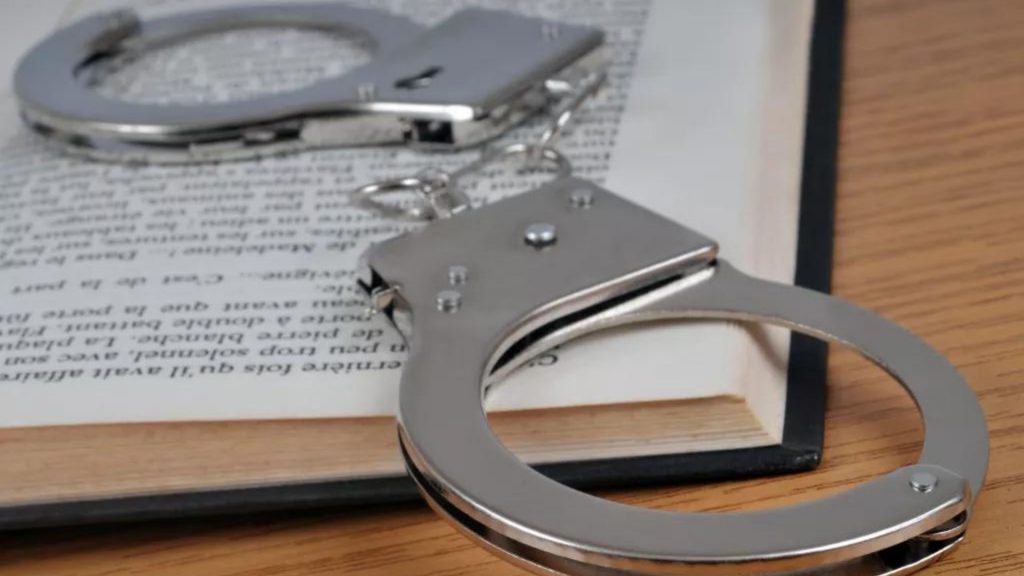The evidence principles. Evidence-based conclusions are reached using common sense. A general common-law principle states that questions of fact are tried by the jury and questions of law are tried by the judge. In jury trials, judicial control over the fact-finding process is exercised to a large extent by filtering the evidence to be presented before the jury and withholding cases from jury adjudication.
This exercise’s most important concepts are relevance and admissibility. Witnesses may testify to facts but not to their own opinions. The jury must draw their own conclusions from the facts stated by the witness; the witness must limit himself to recounting what occurred. The trier of fact must use generalizations about the normal course of events when drawing inferences from evidence. The idea that the court’s function is limited to adjudication on the disputed issues while the litigants are free to conduct their case is at the heart of trial procedure.
Evidence Principles: Authenticity, Veracity, And Reliability
One of the primary purposes of an investigation is to identify, catalog, collect, and preserve evidence pertinent to the incident. The quality of evidence gathered during the investigatory process is an important consideration.
The following characteristics of collected evidence can be used to analyze the quality of that evidence:
Relevance to the central issues of the investigation and connection to the incident
Validity and authenticity of the evidence
Reliability of methods of evidence collection and chain of custody
Timeliness of evidence collection and presence of time indicators (such as timestamps)
The credibility of the evidence (or if testimonial, the witness) and ability to corroborate with other evidence
A working definition of evidence may be “anything that can be used to gain knowledge or facts” regarding an incident. Four types of evidence are commonly recognized in investigatory practice. These are: physical, such as resident lifts, syringes, liquid on the floor; paper or electronically stored written evidence, such as clinical records, staff schedule rosters, personnel files; people, such as written witness statements, interviews; and photographic, such as photos, videos, and diagrams.
Trace evidence can be used to connect people or objects to places, other people, or other objects, and it is frequently used as a starting point, or lead, for a specific line of investigation. Trace evidence aids in piecing together the pieces of the investigative puzzle how did the perpetrator arrive? How close to the window was the victim when the bullet shattered the glass? Were stolen items transported in a specific vehicle? The answers to these questions can have a significant impact on the outcome of a trial, and they can be discovered through careful examination of tiny bits of evidence.
Final Thoughts
In general, conviction may be based solely on the uncorroborated testimony of one witness. When an accused person testifies in his own defense, all eyes will be on his credibility. Criminal evidence law is concerned with constitutional issues such as the privilege against self-incrimination and improperly obtained evidence. Bibliography, case law table, statutes and statutory instruments table.




